Agile/Scrum is a popular methodology used by many product based companies, big and small these days.
Below is a brief overview of Scrum Roles, Processes, Ceremonies and Artifacts.
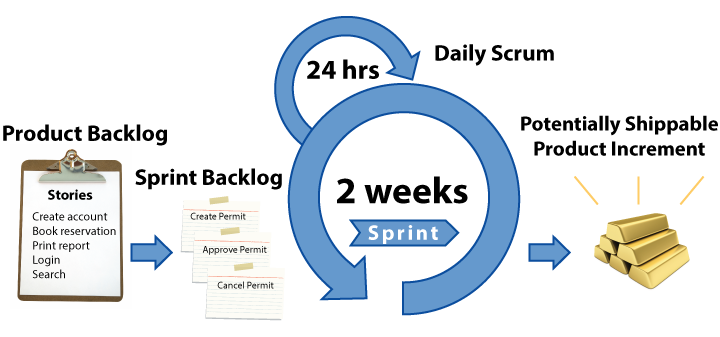
Scrum Roles
Business Owner- Owns the business unit for the product or service
Product Owner- Owns the product that the team is building and delivering.
Scrum Master- Ensures that the team is guided and facilitated with the scrum processes and tools.
Delivery Team/Scrum team- The team that works for the Scrum framework. A typical delivery team is 7 plus or minus 2. While a team size of 7 is ideal. The Scrum team is cross-functional, so it consists of developers, analysts, and operations people.
Scrum Processes
There are three processes in the scrum. Refer to the diagram for a clear picture of the Scrum framework.
Sprint planning:
During sprint planning, the work is being planned. The work is broken down into manageable tasks based on the capacity of the team. (Capacity is calculated as man-hours, for example, if there are 5 members on a team and are working full time, the total capacity would be 5*40 hours per week and for a two-week sprint it is going to be 400 hours). The sprint planning meeting is done before the sprint starts for each sprint and typically runs between 4-8 hours(half or full day).
Sprint work:
This is the time during which the actual execution takes place. The planned work from the sprint planning meeting is executed during the sprint. This is where you would manage(as a Scrum Master or a PM) the project work, which includes monitoring and controlling aspect of Project Management where risks, issues are identified and removed.
Sprint review: This happens at the end of each sprint. This is to retrospect and understand what went wrong and how we could improve for the upcoming sprints.
Scrum Artifacts
Product Backlog:
Think of backlog as a set of features or requirements. Product backlog contains all the features that are gathered from the users or requirement meetings by the Product Owner and maintained as a list. This is like a superset of Sprint Backlog and refers to the entire product.
Sprint Backlog:
This is the set of features that you pull into your current sprint during the sprint planning meeting. These features are further broken down into workable, manageable work tasks during the planning meeting.
Burn down charts:
These are the charts that tell us the progress of how the sprints are progressing. They are also the benchmarks for upcoming sprints. These are like graphs that are generated by the agile tools that tell us how many more hours are left vs how many more hours are needed to complete the current sprint. In other words, these are the charts that give us the PV(Planned Value) and EV(Estimated Value) values and variances.
For related reading; Project Management in an Agile/Scrum Model, click here.

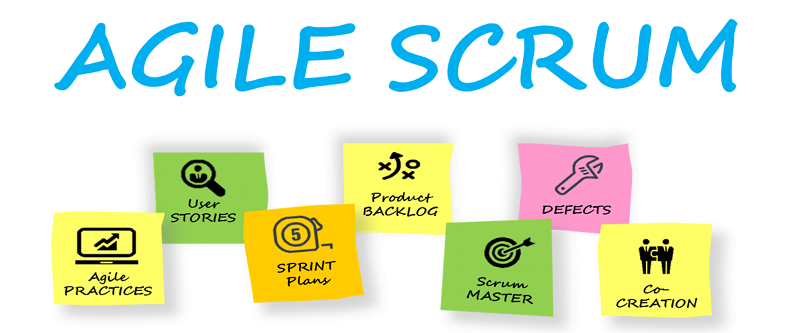

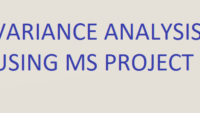
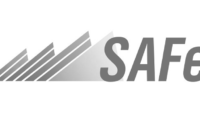
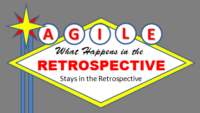

Pingback: SAFe- Scaled Agile Framework - A Journey into PM and QA Career
Pingback: Agile Scrum Retrospective Techniques - A Journey into PM and QA Career